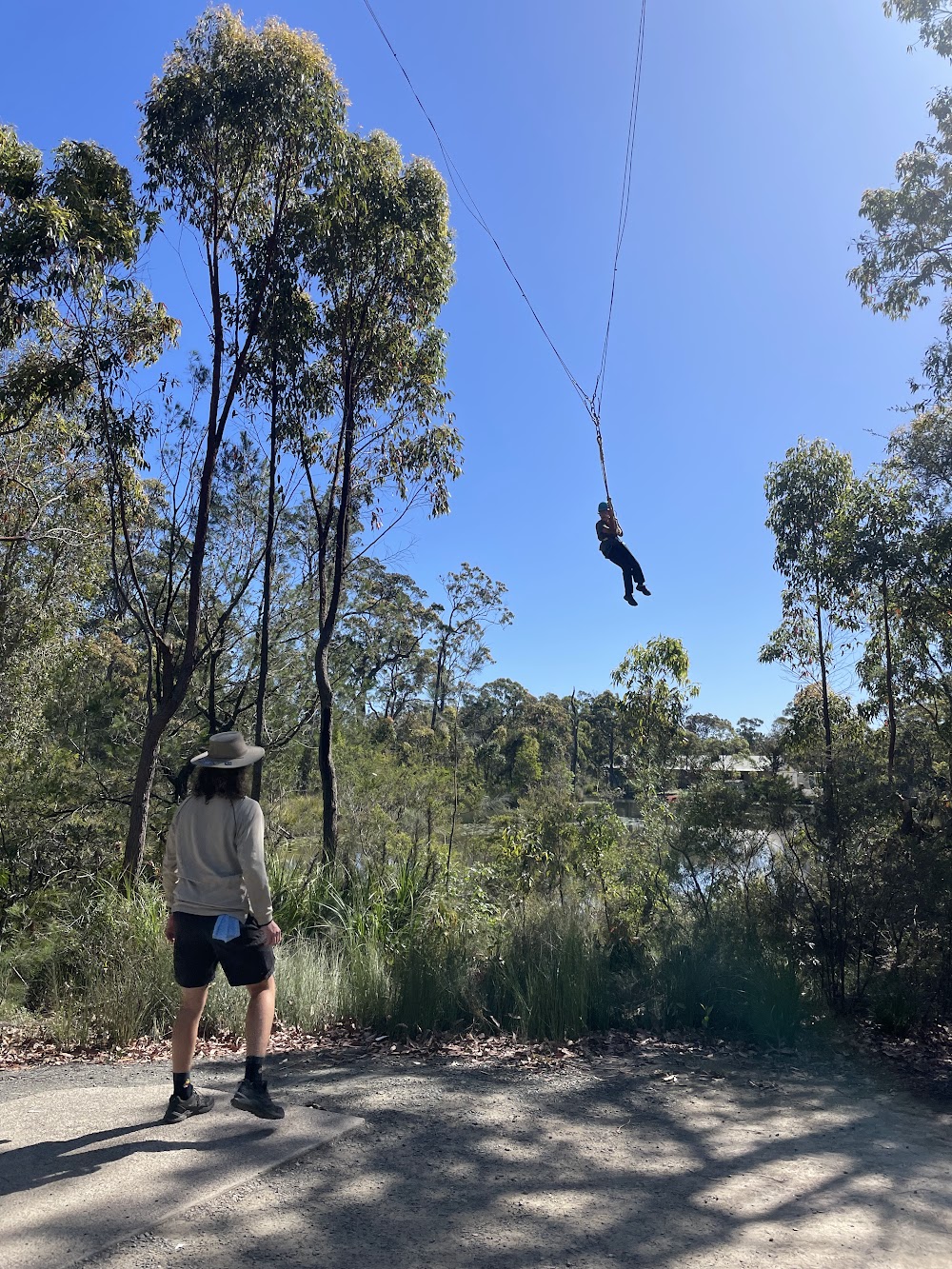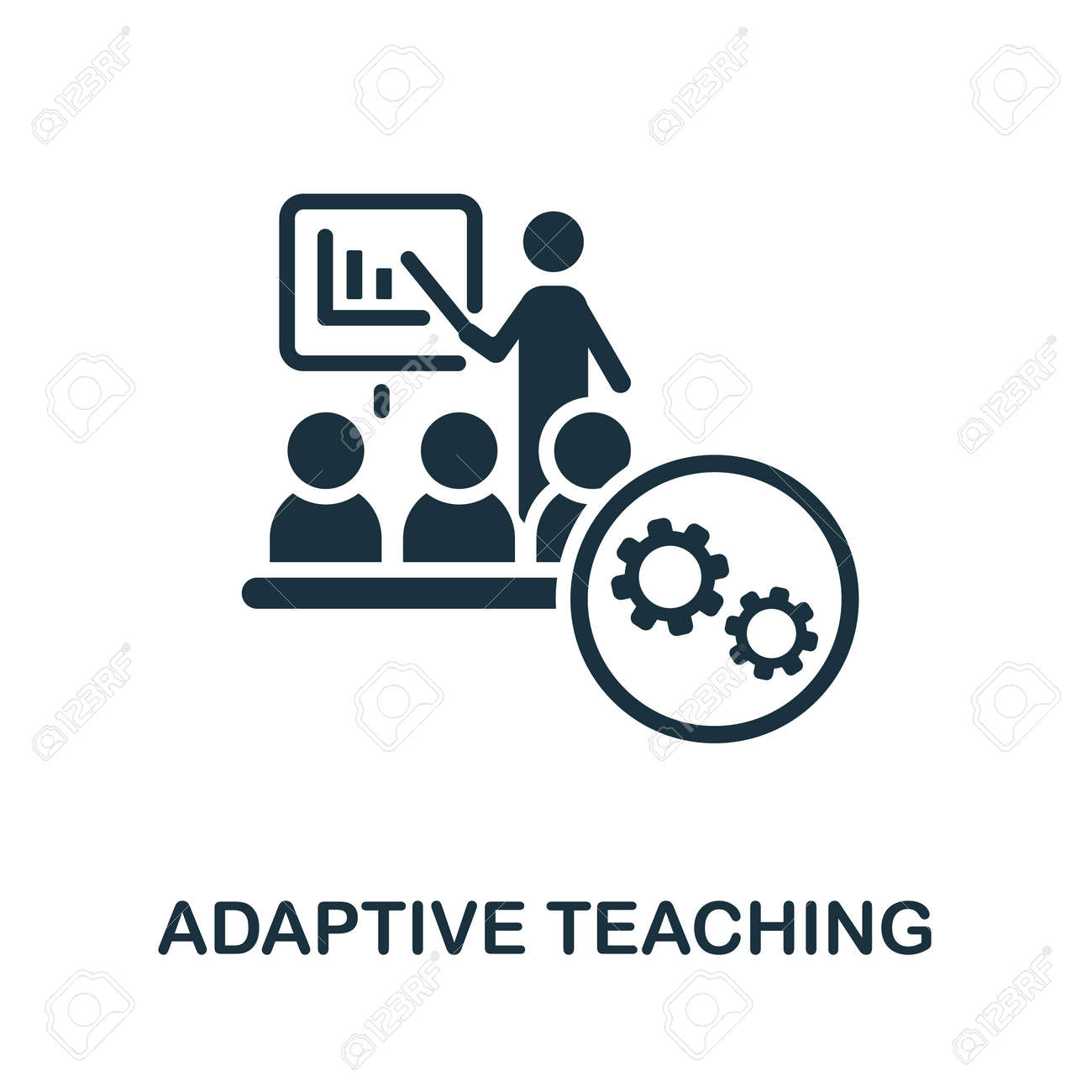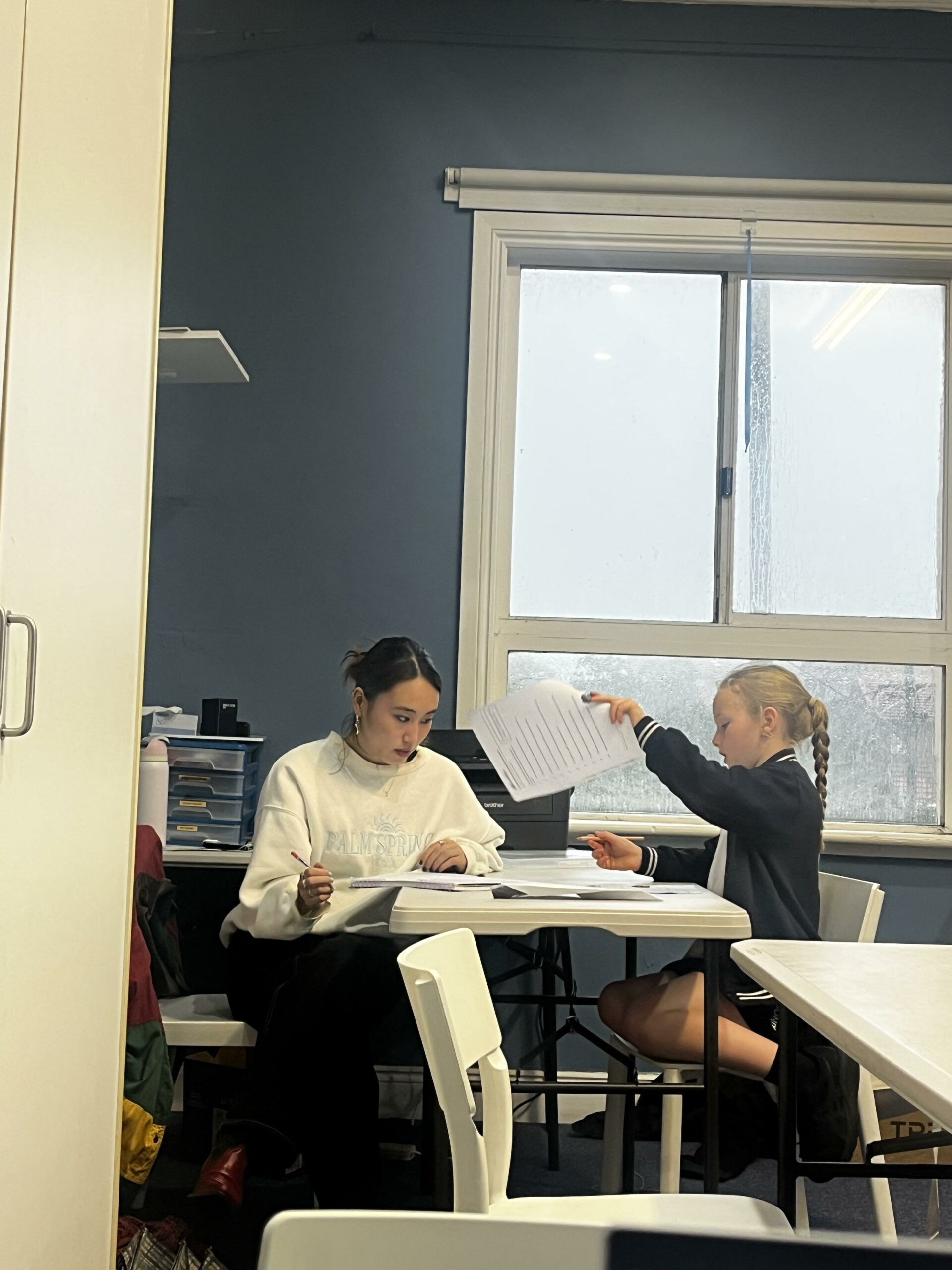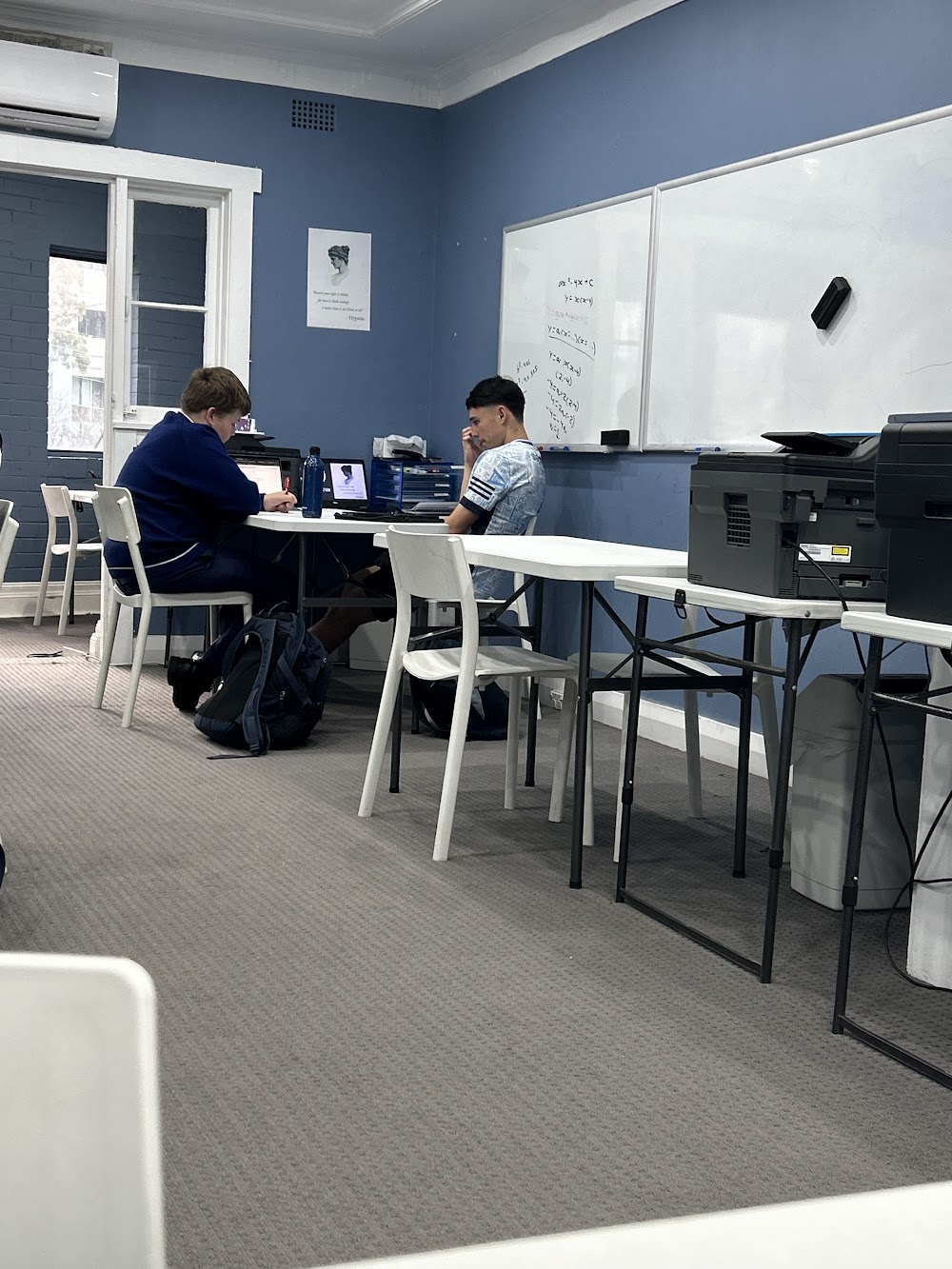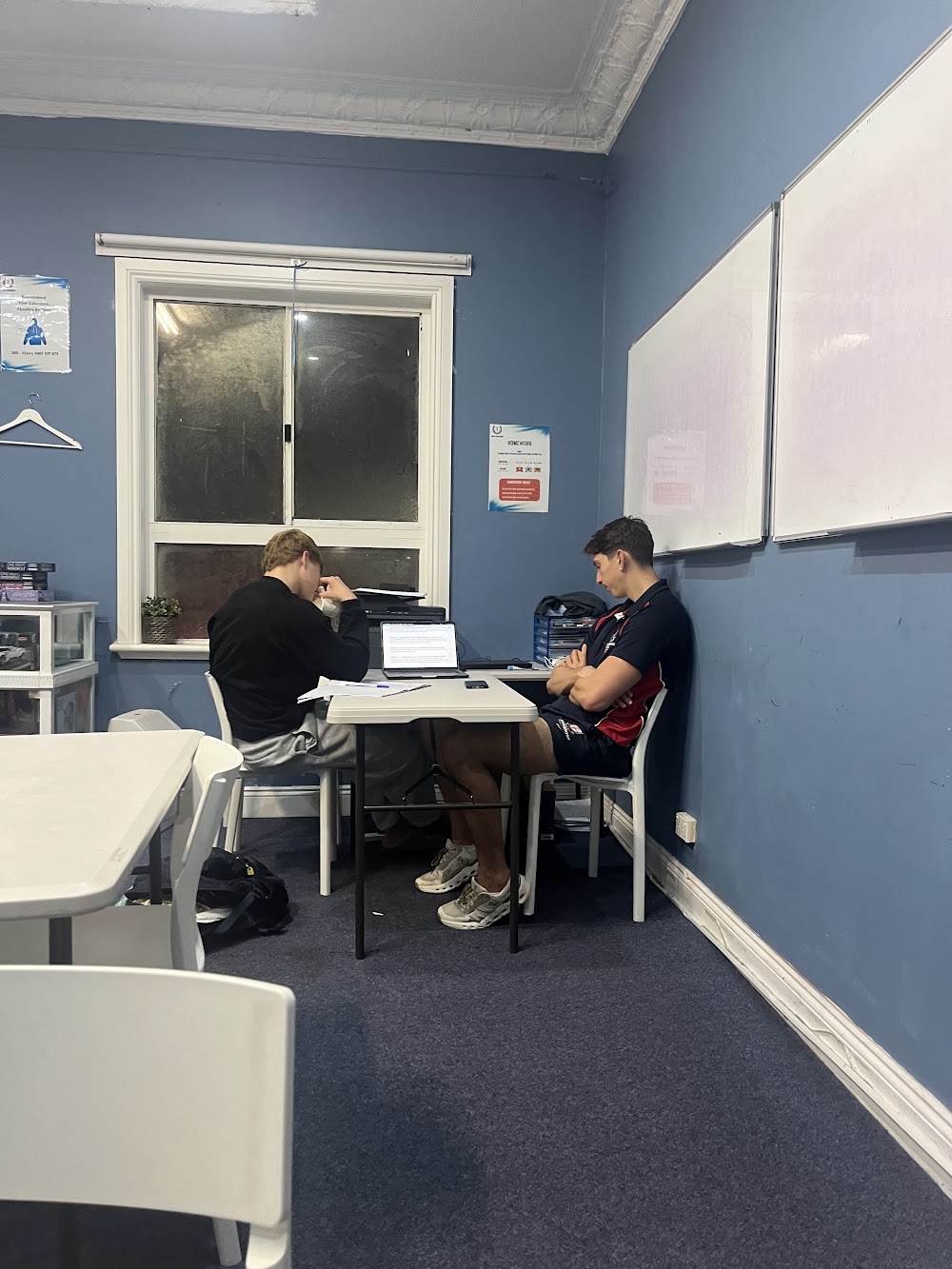
During Jordan Udler’s Year 11 English tutoring session, it was clear that he possesses a natural ability to guide his student through the English essay writing. His approach was very attentive, listening to the student’s ideas and valuing them before helping him shape them into clearer, more polished, and rubric guided responses. Jordan was not prescriptive. Instead, he allowed the student to take ownership of their own writing by asking open-ended questions that prompted reflection and deeper analysis. This method allowed the student to see writing as a process of discovery rather than simply a task to complete.
Jordan’s great and personable nature created a comfortable and motivating environment. The student appeared engaged and willing to share thoughts, even when uncertain, because Jordan’s responses were supportive and constructive. He struck an effective balance between providing direct feedback and allowing the student space to experiment with their own words. For example, rather than rewriting sentences for the student, he offered suggestions and frameworks that guided the student to self-correct, which reinforced independence and confidence in their work.
Throughout the session, Jordan demonstrated good knowledge of English structures, techniques and writing methodologies, helping the student connect textual evidence with broader thematic points. His explanations were clear, breaking down complex literary concepts into manageable steps. Importantly, he adjusted his language and pace according to the student’s needs, showing flexibility and sensitivity to learning style.
Lewin Fairbairn



